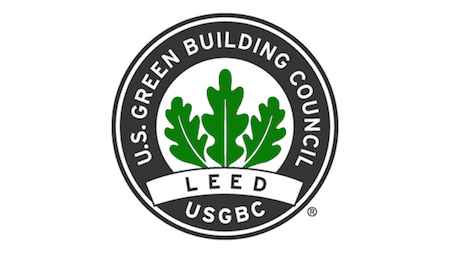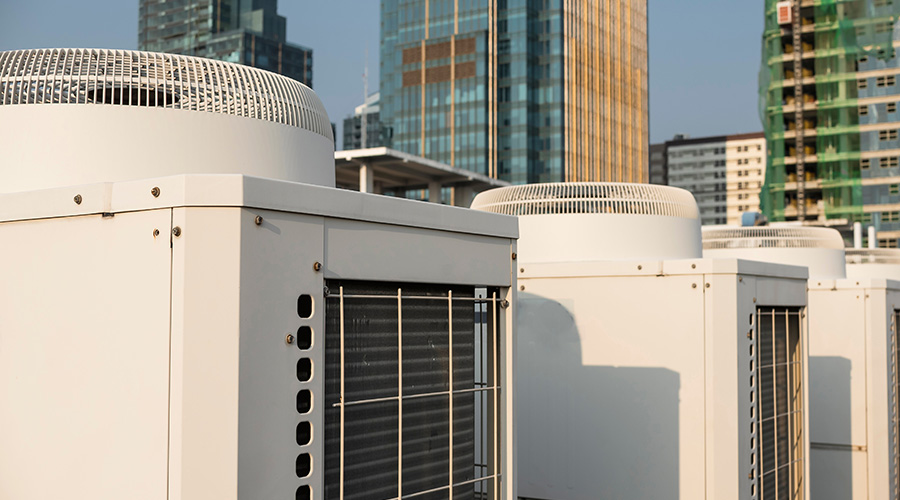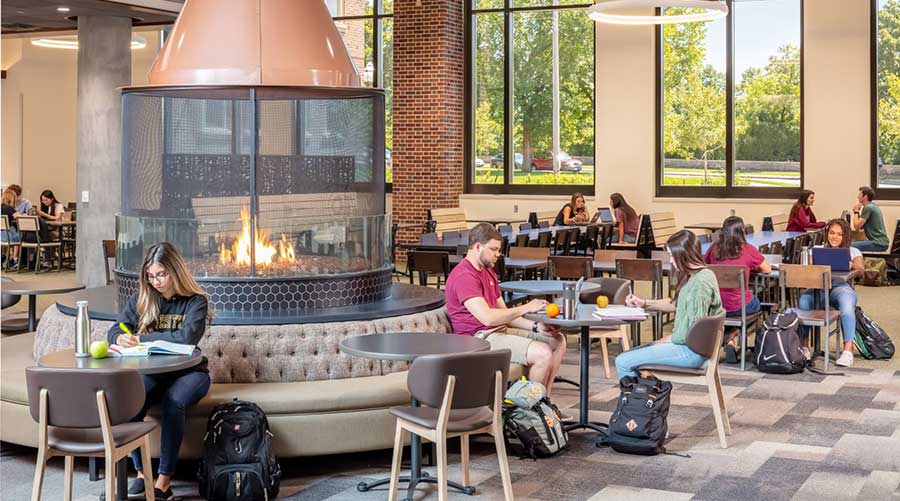USGBC Perspective: Understanding Credit Options in LEED v4 O+M
Here's what you need to know about some new and impactful credit options in LEED v4 O&M
Within the LEED rating systems, there are a number of ways to achieve certification. LEED’s technical language begins with the baseline level of leadership that each project is expected to display. This language is then formatted as prerequisites. From that point, project teams have a great deal of flexibility in determining how they pursue and earn the points needed to achieve their desired level of certification.
LEED credits address different sustainability strategies and outcomes that facility teams can choose from. Within many credits, teams will also find “options” that provide further opportunities to customize the path to certification, including scaled achievement of points based on performance.
Here are a few highlights from LEED v4 Building Operations + Maintenance:
LT Credit — Alternative Transportation (1-15 points)
A new credit in O+M, Alternative Transportation is an example of a credit that — through three options — allows projects teams to start with a single point for conducting a transportation survey, and continue to acquire additional points (up to 15) based on strategies, performance, and results. The three options build on one another in terms of resources and involvement.
• Option 1 — Transportation Survey (1 point): Projects must survey regular building occupants on their transportation patterns (must also include visitor population if it outweighs regular occupant population on average.)
• Option 2 — Alternative Transportation Rate (3-15 points): Projects must meet Option 1 requirements and demonstrate an Alternative Transportation Rate. Strategies that help cut pollution by leveraging more sustainable land development include the use of self-propelled conveyances (e.g., walking or biking), public transit, telecommuting, compressed workweeks, carpools, and green vehicles.
• Option 3 — Comprehensive Alternative Transportation Program (2 points): Projects must meet Option 1 requirements and implement an alternative transportation program that includes at least one element from the following categories: education strategies (e.g., new-hire orientation, employee announcements, carpool events), basic support strategies (e.g., guaranteed return trip, flextime schedule, ride-matching service), and direct strategies (eg.g., transit subsidy, bicycle programs, carpool programs).
SS Credit — Site Development — Protect or Restore Habitat
(1-2 points)
The options within this credit provide two very separate approaches to meeting the same credit intent: To conserve existing natural areas, restore damaged areas, and provide habitat and promote biodiversity.
• Option 1 — On-Site Restoration (2 points): During the Establishment Period, native or adapted vegetation must cover 20 percent of the total site area (including the building footprint), at a minimum of 5,000 square feet, to provide habitat and promote biodiversity.
• Option 2 — Financial Support (1 point): Projects must provide annual financial support equivalent to at least $0.05 per square foot for the total site area (including the building footprint). Financial support must be provided to a recognized land trust or conservation organization within the same state or EPA Level III Ecoregion (or within 100 miles for projects outside the United States).
Additionally, there’s an Alternative Compliance Path (ACP) for that: SSpc83 — Offsite Financial Support for Habitat Protection (1 point). Existing buildings pursuing LEED certification can provide annual financial support specifically to the National Fish and Wildlife Foundation or the Amazonas Sustainable Foundation — two organizations working to conserve existing natural areas and promote biodiversity — if efforts cannot be implemented on site. At minimum, support must meet the requirements of Option 2 in the SS Credit Site Development — Protect or Restore Habitat.
EQ Credit Thermal Comfort
(1 Point)
While a more challenging credit, many projects opt to pursue Thermal Comfort because of its direct correlation to occupant satisfaction. The two options here represent flexibility for projects outside of the U.S. that are not subject to the ASHRAE standard.
• Option 1 – ASHRAE 55-2010: During the Establishment Period, the project must have a permanent monitoring system to ensure ongoing building performance to the desired comfort criteria, as specified by ASHRAE Standard 55–2010.
• Option 2 – ISO and CEN Standards: During the Establishment Period, the project must have a permanent monitoring system to ensure ongoing building performance of the desired comfort criteria, as specified by ISO 7730:2005 or CEN Standard EN 15251:2007. During the Performance Period, the system must:
— Continuously monitor air temperature and humidity in occupied spaces at sampling intervals of 15 minutes or less.
— Periodically test and monitor air speed and radiant temperature in occupied spaces.
— Possess an alarm that alters to conditions that require system adjustment or repair.
— Prompt repair in response to identified problems, specifying procedures for adjustments.
— Be calibrated within the manufacturer’s recommended interval.
There’s an ACP for that:
EQpc114 – Learning Controls for Thermal Comfort
(1 point)
To achieve this ACP pilot credit, projects must have in place an automated and learning heating and cooling system that allows for occupant control. The system must apply usage and control data, and provide for occupants to control heating and cooling and/or airflow at the zone level. Additionally, projects must:
• Have a plan to test and repair/replace devices or systems according to the manufacturer or developer’s recommended interval.
• Track and document the changes made by the learning system, identifying where comfort increased or decreased and if more or less energy was used as a result of the system’s changes.
Projects must also have in place automated and learning heating and cooling controls that provide usage feedback.
• Feedback should be delivered through more than one mode of communication to inform occupants about the actual thermal comfort trends in their space.
• Feedback may be real time or through regular reporting mechanisms, but must be communicated monthly, at minimum. Feedback must include contextual comparisons in text and visual displays
Stay On Track With LEED Addenda Changes
LEED Addenda are issued regularly to update USGBC's LEED rating systems and reference guides with any changes or improvements. They clarify, correct, interpret or provide alternative language to the current rating system guidance. To view the latest changes (as of April 2017):
• Visit the addenda database and search for 4/14/2017.
• Visit the credit library and select the "Interpretation” tab within each credit.
• Download the reference guide tables.
Some of the latest corrections to LEED v4 O+M: Existing Buildings:
• The reference guide was updated to clarify guidance for group and campus projects.
• MR Credit Purchasing—Facility Maintenance and Renovation was updated to include supply chain guidance.
Reference USGBC’s Help Center LEED Addenda section for more answers to specific questions.
Related Topics:














